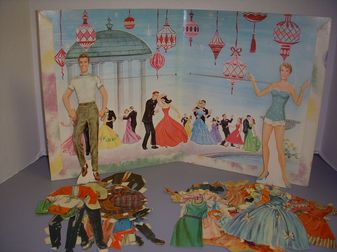
Manufactured paper dolls date back to the early 1800s. Many publishers found the addition of the paper dolls boosted sales. In times when funds were low and children's toys were an extravagance, paper dolls filled the need. In the '50s McCall's magazine's Betsy McCall not only aided sales of the magazine itself but of their line of accompanying sewing patterns.
I played with several paper doll sets back in the '50s and '60s. Marge and Gower Champion, dancers from Broadway and movie musicals, was a set my mother was excited for me to have. I didn't really know who the couple were but I enjoyed dressing both a girl and a boy figure. Cutting out the pieces was a pain, and if not done carefully you might snip off the wrap-around flap that held the paper costume to the cardboard doll. They stood up by means of a folded flap in the back or by fitting the bottom into a triangular platform wedge. Playing with the paper dolls required a lot of "self-talk" conversation with me speaking for the characters as I moved them around my room to a dance, the soda shop, a party, etc. Sometimes a girlfriend would come over and we would each choose a specific doll to "control." Being in charge of the doll was a power skill we young girls cultivated, deciding who was wearing what and where they were going. There were many accessories to go with the outfits such as purses, hats, gloves, shoes, and even pets. It was a great mix and match game.
I played with several paper doll sets back in the '50s and '60s. Marge and Gower Champion, dancers from Broadway and movie musicals, was a set my mother was excited for me to have. I didn't really know who the couple were but I enjoyed dressing both a girl and a boy figure. Cutting out the pieces was a pain, and if not done carefully you might snip off the wrap-around flap that held the paper costume to the cardboard doll. They stood up by means of a folded flap in the back or by fitting the bottom into a triangular platform wedge. Playing with the paper dolls required a lot of "self-talk" conversation with me speaking for the characters as I moved them around my room to a dance, the soda shop, a party, etc. Sometimes a girlfriend would come over and we would each choose a specific doll to "control." Being in charge of the doll was a power skill we young girls cultivated, deciding who was wearing what and where they were going. There were many accessories to go with the outfits such as purses, hats, gloves, shoes, and even pets. It was a great mix and match game.
My favorite set was Scarlett O'Hara from Gone with the Wind. She could be dressed in the summery print gown or the famous green curtain outfit. She had bonnets, mufflers, and parasols.

Other familiar paper dolls sets were kewpies, Shirley Temple, Betsy McCall, Doris Day, and Jane Powell. I remember Jane Powell because I was surprised to find a schoolmate with the same name.
Various character paper dolls were often inserts in magazines and newspapers. Over time the dolls were printed on paper that was perforated around the designs allowing you to remove them easily rather than having to cut them out. Eventually the modern sets were "magic" thin cling-on vinyl that could be applied and removed repeatedly without permanently sticking.
Various character paper dolls were often inserts in magazines and newspapers. Over time the dolls were printed on paper that was perforated around the designs allowing you to remove them easily rather than having to cut them out. Eventually the modern sets were "magic" thin cling-on vinyl that could be applied and removed repeatedly without permanently sticking.
Those cling-ons remind me of the dress up weather segment on the popular pre-school tv show Romper Room. The teacher asked for a volunteer to come up and change the weather stick-ons, adding the sun or clouds, coats or umbrellas. I always wished to be that person, and to be in her good do-bee magic mirror. If you recall the teacher said a prayer before the kids ate their milk and cookies.
"Women should adorn themselves in respectable apparel, with modesty and self-control." 1 Timothy 2:9
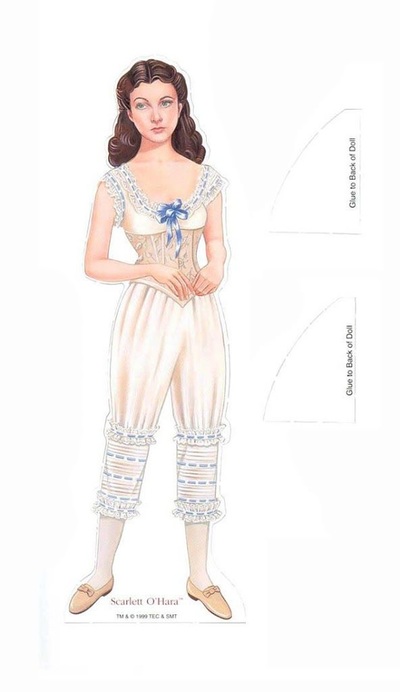
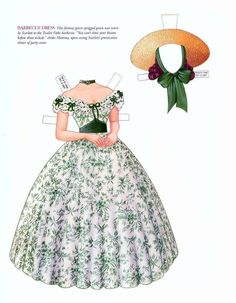
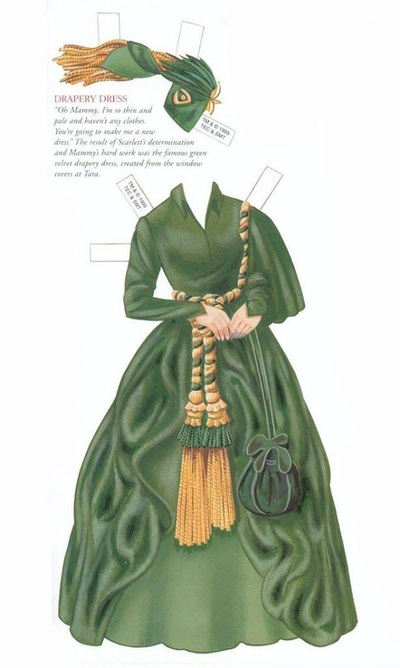
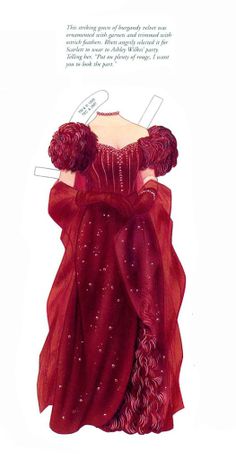
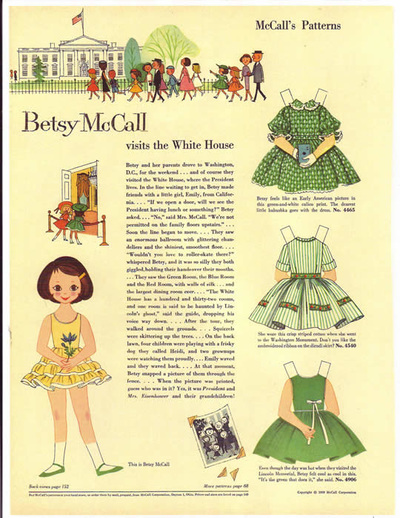
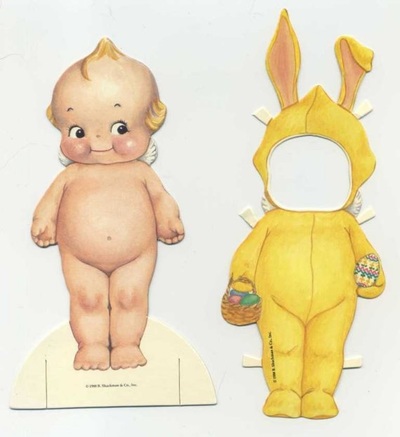
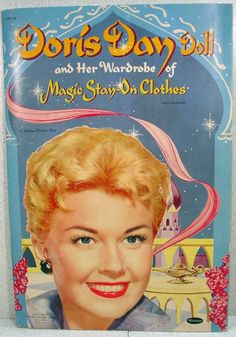
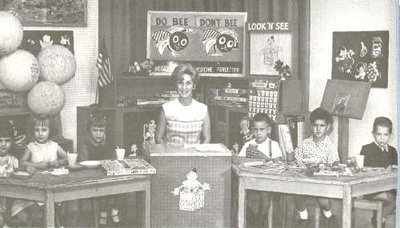
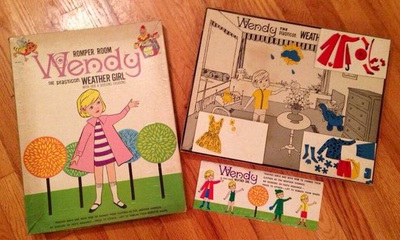
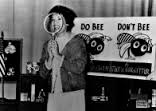
 RSS Feed
RSS Feed
